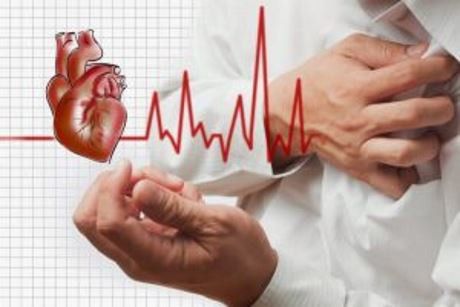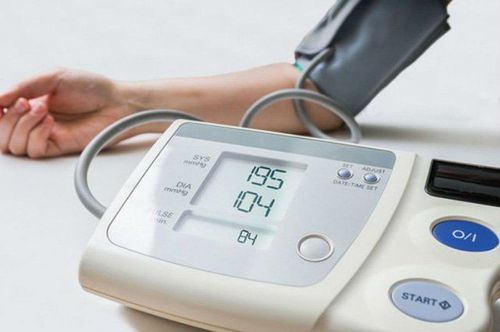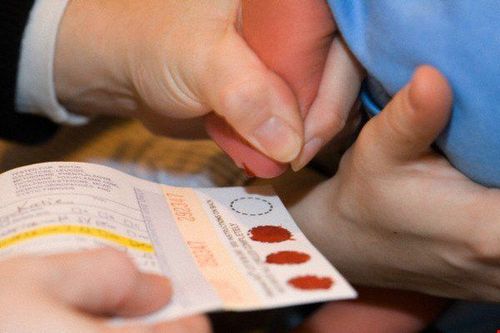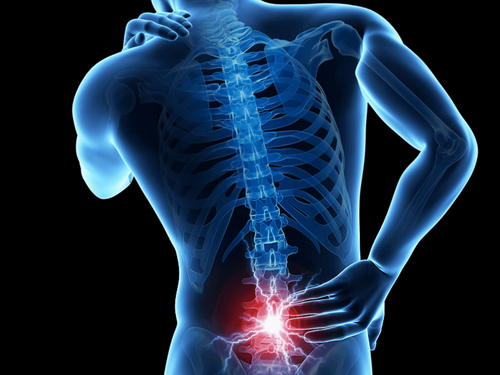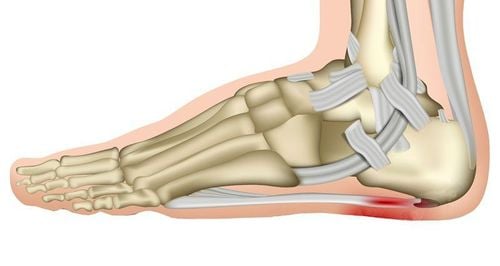Nội dung bạn đang tìm kiếm không có phiên bản tiếng Việt.
Vui lòng chọn tiếp tục để xem nội dung tiếng Anh hoặc đi đến trang chủ Tiếng Việt.
Rất xin lỗi về sự bất tiện này.

Home
Tag Atrium
Articles in Atrium
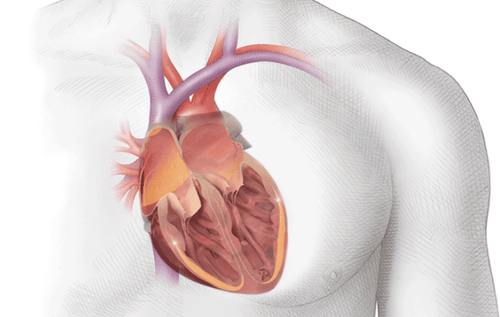
Learn about atrial malformations
Atrial malformation, commonly referred to as an atrial septal defect, is a congenital heart defect with an abnormal opening between the two atria. Depending on the characteristics of the deformity, it can affect the health of the affected person more or less.
Xem thêm

How does the heart work and how does it pump blood through the human body?
The heart is an organ that plays a very important role in carrying blood and oxygen to nourish the whole body. The heart's blood pumping cycle is likened to "a power plant" providing 5-6 liters of blood per minute to maintain human life.
Xem thêm
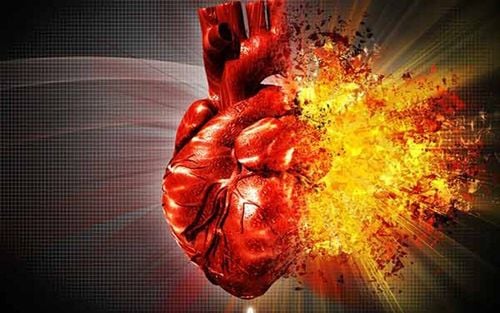
Diagnosis of total atrioventricular canal
A total atrioventricular canal, also known as an atrioventricular septal defect, accounts for 2% of congenital heart diseases, and is associated with about 30% of Down's disease. In children with Down syndrome, 40% are associated with congenital hearts and 30% of congenital hearts with Down syndrome are atrioventricular canal lesions.
Xem thêm
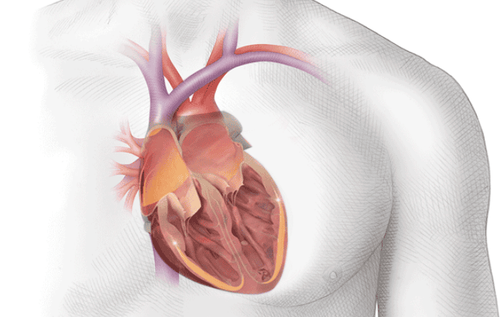
What is atrium? Functions and common problems
The atrium is the upper chamber of the heart, which is the place through which blood enters the ventricles. The human heart has two atria, the left atrium receives blood from the pulmonary circulation and the right atrium receives blood from the venous circulation. The atria perform three different functions during a cardiac cycle: as the receiving chamber during systole, passively pumping blood into the ventricles during early diastole, and intensively pumping during late diastole.
Xem thêm
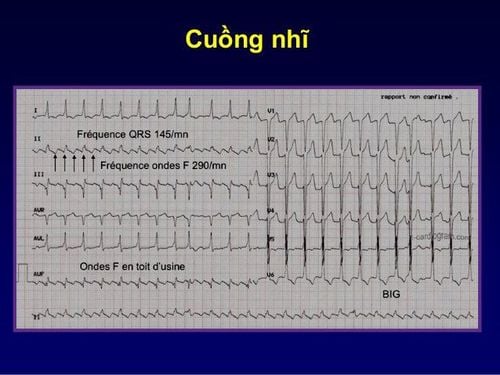
What is tinnitus? Factors that increase the risk of atrial flutter
Atrial flutter is the second most common cardiac arrhythmia after atrial fibrillation. The disease has no specific symptoms and is difficult to recognize until it becomes more severe.
Xem thêm
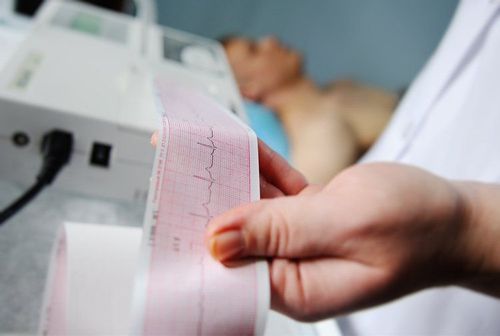
What is a P wave? Electrocardiogram P waveforms
Electrocardiogram is considered an extremely necessary subclinical technique in detecting and diagnosing a number of diseases related to arrhythmias or structural abnormalities of the heart. In particular, the P wave is an important element in the leads of the electrocardiogram, which helps us to investigate a number of cardiovascular abnormalities.
Xem thêm
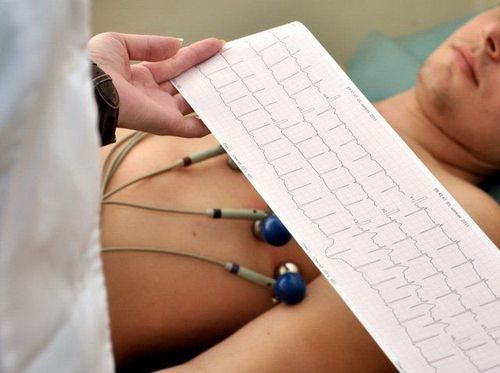
Second degree AV block: What you need to know
Atrioventricular block is a condition in which the transmission of electrical impulses in the heart from the atria to the ventricles is partially or completely interrupted. Atrioventricular block is classified into 3 different grades, of which second-degree AV block is moderate but can still cause many dangerous complications.
Xem thêm
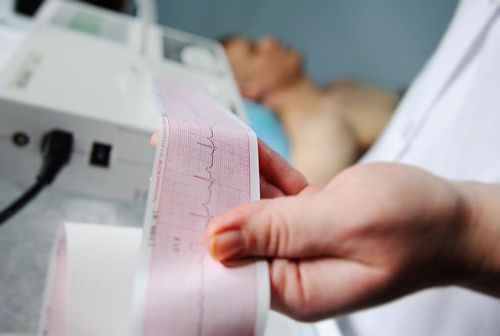
Is first degree atrioventricular block dangerous?
Atrioventricular block is a condition in which the system that conducts electrical impulses in the heart from the atria to the ventricles is disrupted. Atrioventricular block is classified into 3 different grades, of which first-degree AV block is the mildest. So is 1st degree atrioventricular block dangerous?
Xem thêm
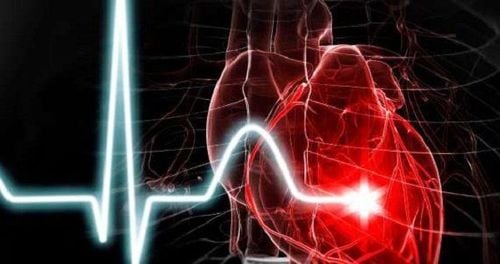
Learn about total atrioventricular canal surgery
An atrioventricular channel is a defect in the atrioventricular septum and abnormal atrioventricular valves in the heart. The current total atrioventricular canal surgery differs in some details, but they all have a high probability of success, bringing back a stable life to the patient.
Xem thêm
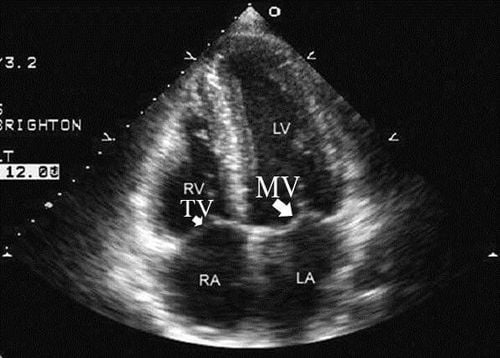
Echocardiography results with oval hole size 3mm dangerous?
Hello doctor, I have stress echocardiography, the oval hole is about 3mm. Please ask the doctor if the echocardiogram has a dangerous 3mm oval hole? Thanks for the advice doctor.
Xem thêm





